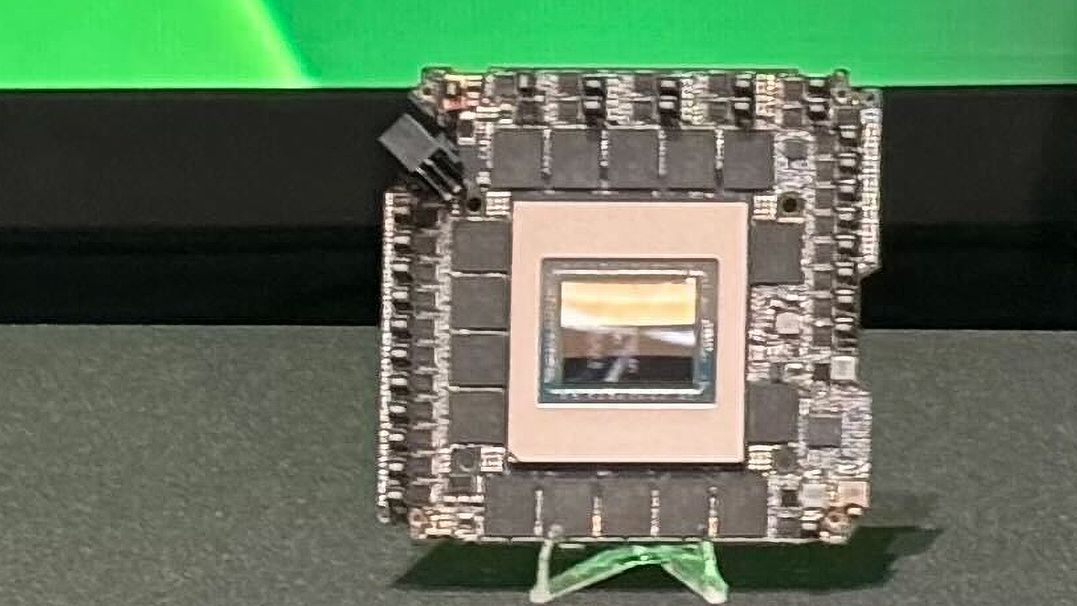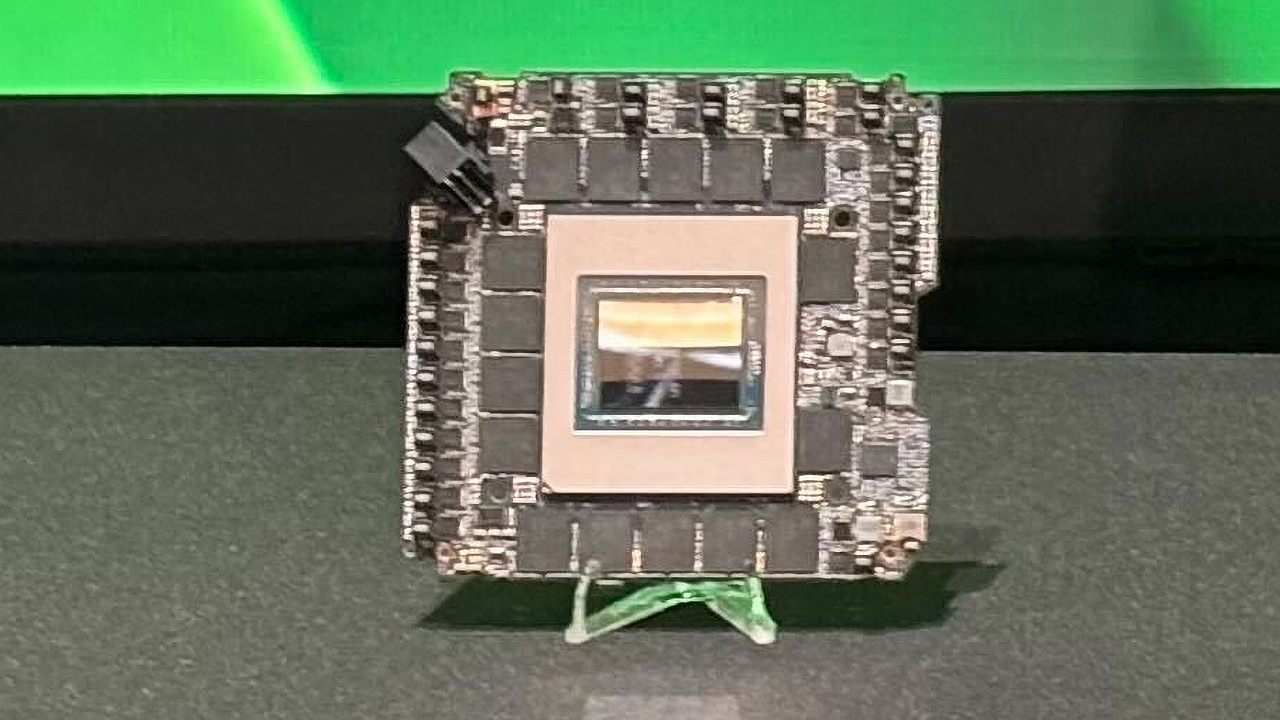
(Image credit: Tom’s Hardware)
While Nvidia’s GeForce RTX 5090 Founders Edition graphics card features the world’s highest-performing consumer GPU released to date, it is also one of the most power-hungry GPUs ever made. As a result, Nvidia needed a completely new printed circuit board, so it developed a three-piece design that looks like nothing we have seen before. The main PCB carries the GB202 chip, memory, and a monstrous 30-phase voltage regulating module (VRM).
Nvidia says that the GeForce RTX 5090 Founders Edition, which promises to be the best graphics card, uses a ‘unique three-piece PCB’ design. At its CES 2025 presentation, the company only demonstrated the ‘high-density’ PCB carrying the massive 92 billion-transistor GB202 graphics processing unit, accompanied by 32 GB of GDDR7 memory connected using a 512-bit interface to the GPU.
The card has one 12V-2×6 power connector to deliver up to 55A of power to feed graphics cards drawing up to 600W on a 12V auxiliary rail. It also has a formidable 30-phase power delivery circuitry (up from a 23-phase VRM on the GeForce RTX 4090 Founders Edition). Given that Nvidia’s GeForce RTX 5090 is rated for a 575W total board power (TBP), the usage of the massive 30-phase VRM is justified, as the GPU and memory need a lot of stable and clean power without spikes and drops to operate properly. Moreover, a more sophisticated power circuitry can increase the performance efficiency of a product. Yet, we can only wonder how much overclocking headroom these GeForce RTX 5090 boards with a single 12V-2×6 power connector will have.
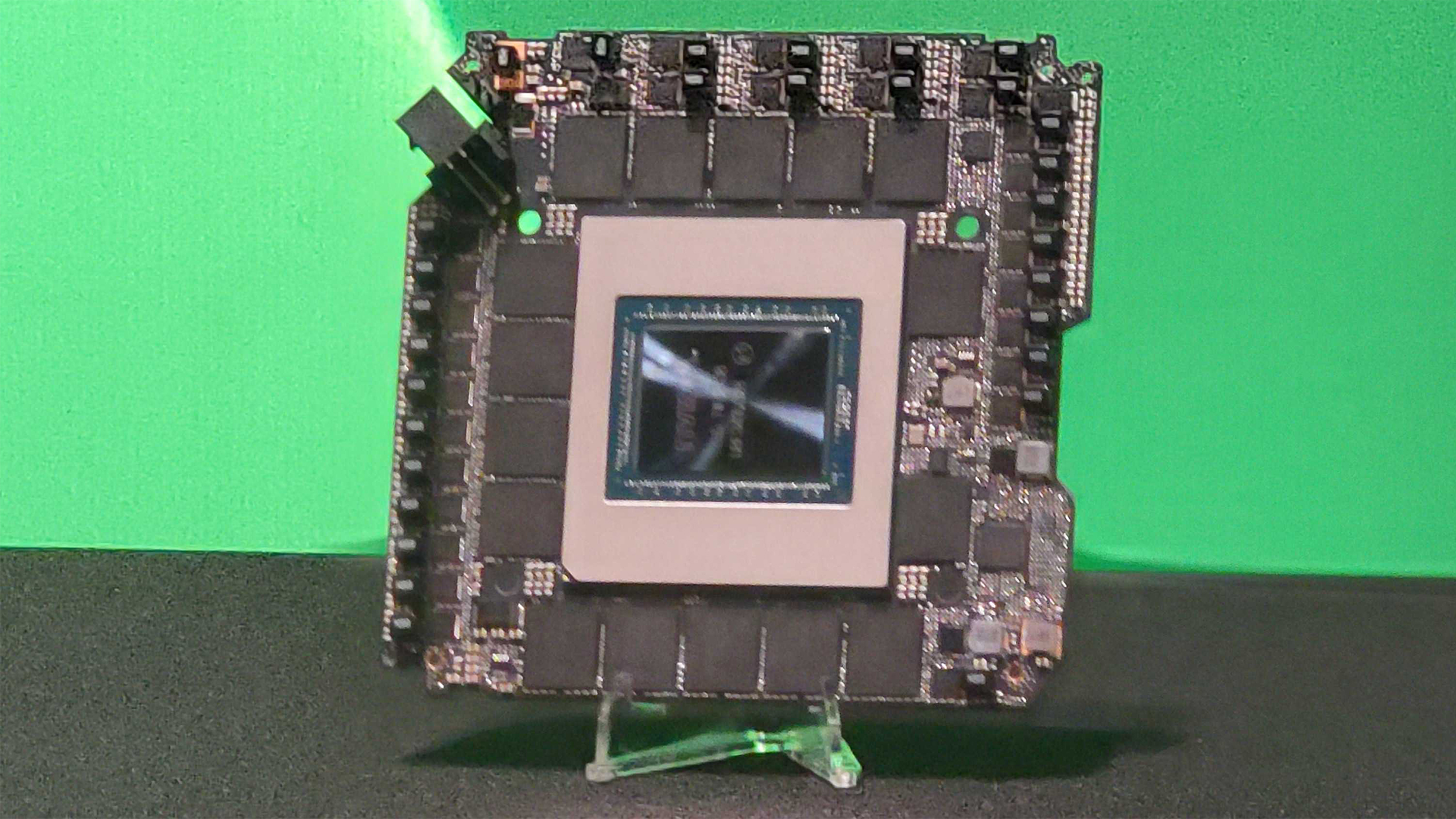
(Image credit: Tom’s Hardware)
The PCB lacks display outputs, power connectors for fans, and a PCIe grid, though it has additional connectors on the back. Therefore, we guess that the GeForce RTX 5090 Founders Edition card has two more boards that are not yet shown. We can only speculate why Nvidia would disaggregate display outputs, PCIe grids, and fan connectors from the main PCB.
Image 1 of 3
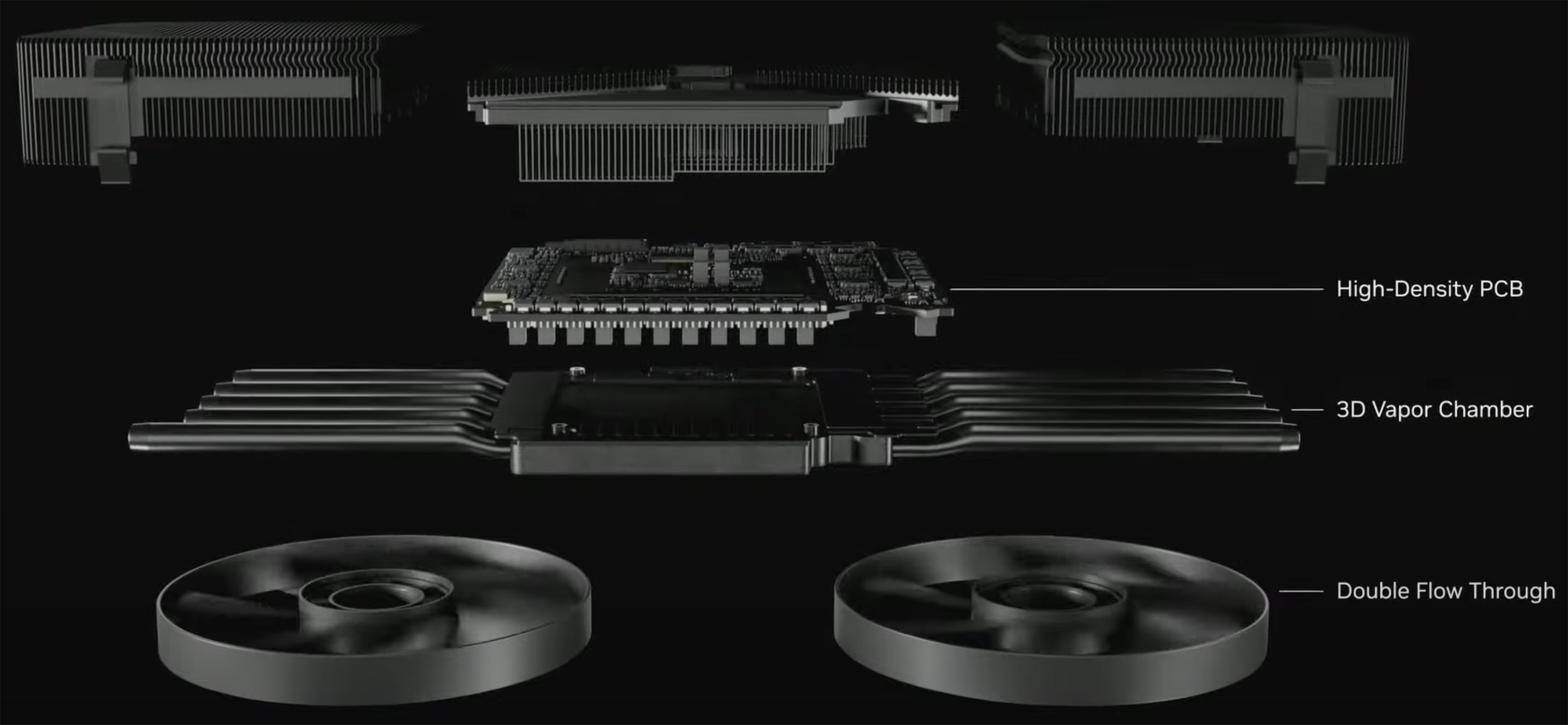
(Image credit: Nvidia)
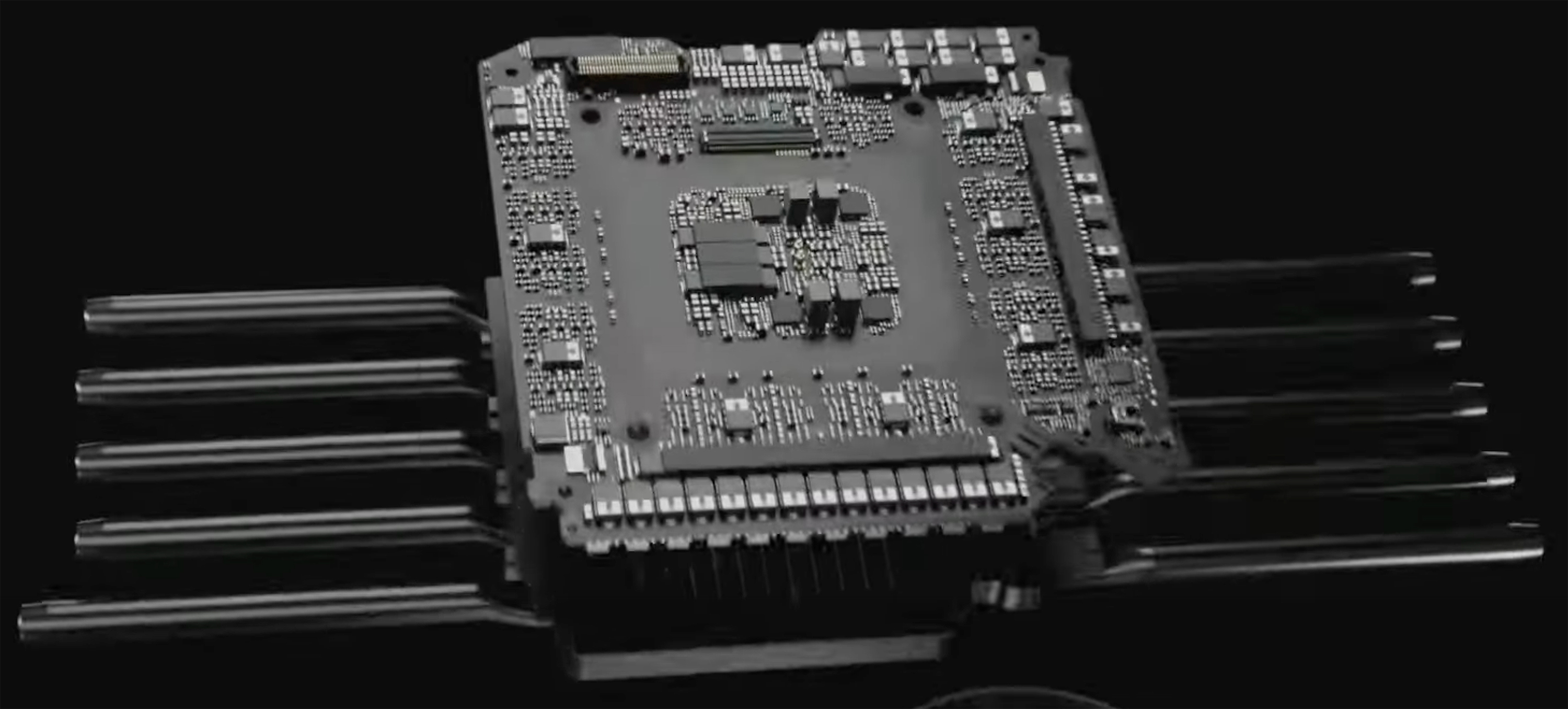
(Image credit: Nvidia)

(Image credit: Nvidia)
One reason could be that each PCB was designed with a specific purpose in mind, enabling cleaner signal routing and more efficient use of space. Also, separating display outputs, PCIe, and fan connectors could minimize electrical noise and improve the stability of power delivery to the GPU.
Nvidia could also take a page from its own GeForce 8800 GTX/Ultra (the G80 GPU) book and disaggregate display engines from the GB202 GPU to save precious silicon footprint for compute and optimize overall GPU design. Perhaps this would enable Nvidia to offer different GB202 products by mixing and matching external modules. For example, a GB202-based card sitting in a server does not need display outputs, whereas some OEMs could offer their clients a different display output configuration.
An interesting thing to note is that Nvidia’s partners will continue to use single-board designs for GeForce RTX 5090 graphics cards. So, the unique three-piece PCB is not a mandatory requirement for range-topping Blackwell graphics cards, but rather a deliberate design decision by Nvidia’s engineers, who had their own reasons for using such an unorthodox design.
Get Tom’s Hardware’s best news and in-depth reviews, straight to your inbox.
